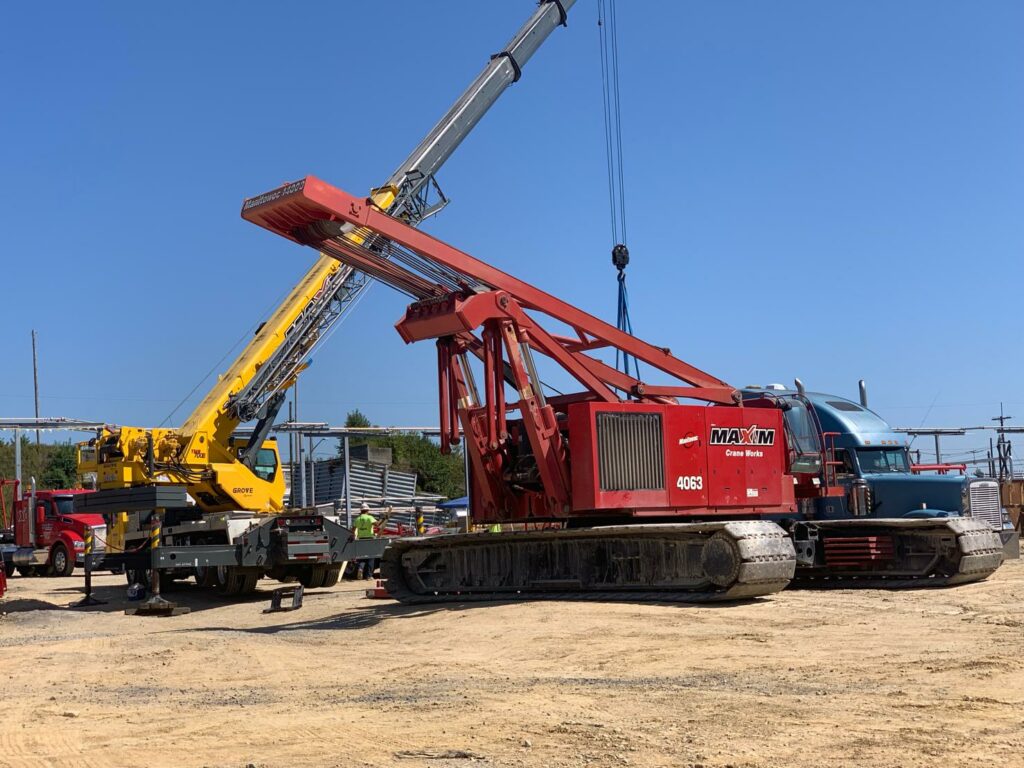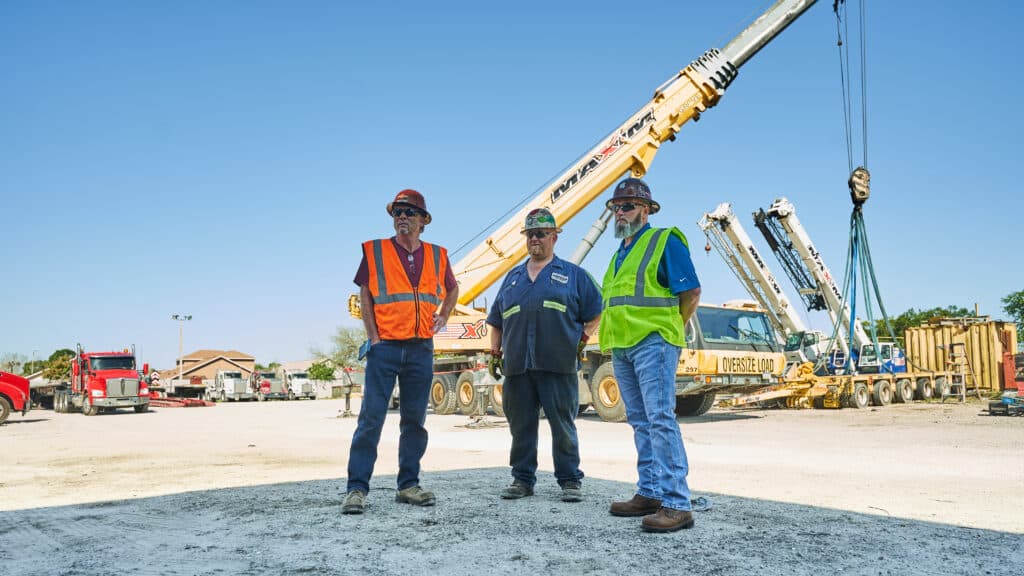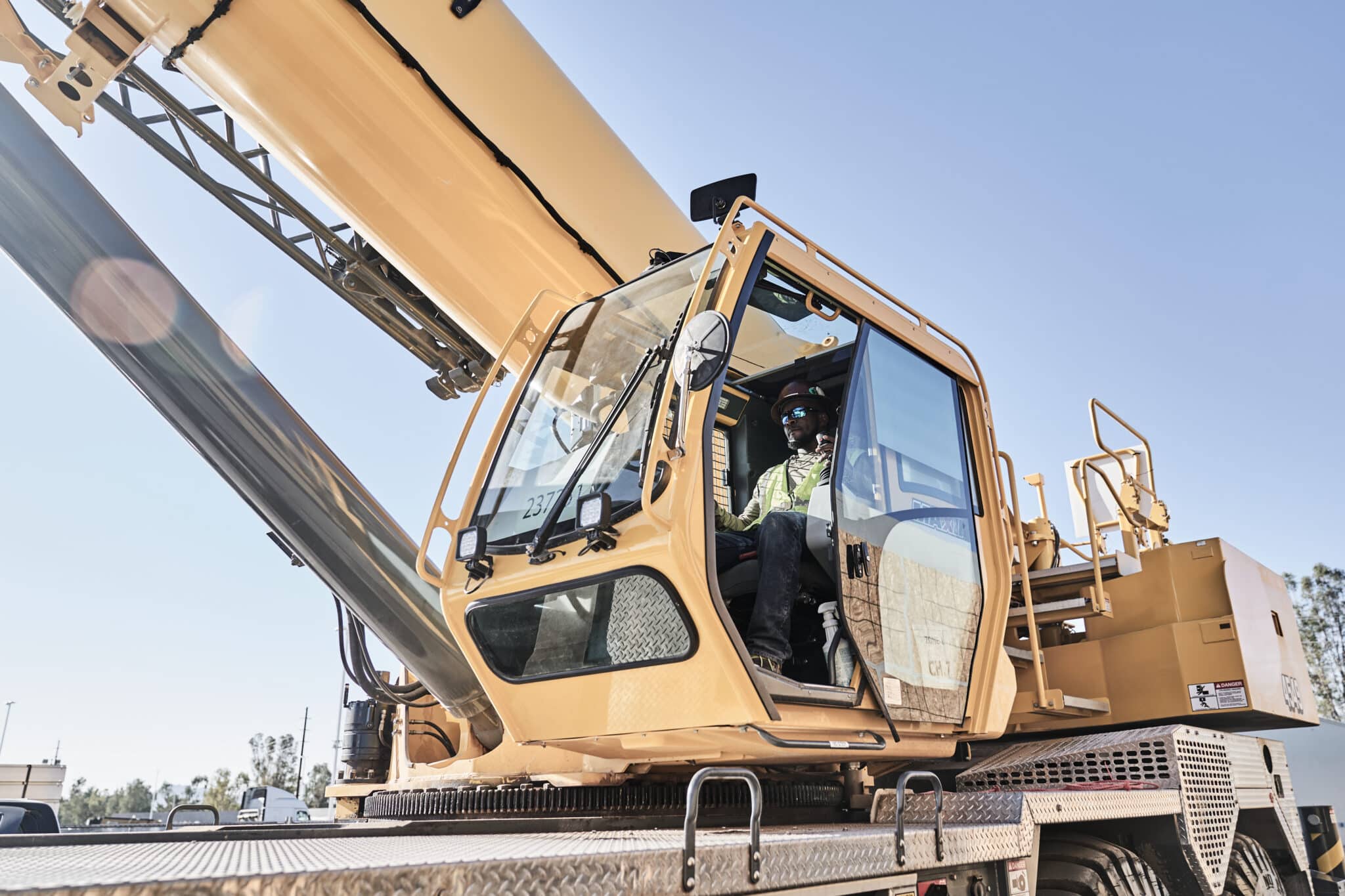Welcome to the world of cranes and construction, where towering steel structures breathe life into the blueprints of civil projects!
Civil construction refers primarily to infrastructural projects that design, build, and maintain the physical and natural built environment. Think water supply, canals, dams, sewage systems, and so much more.
These are the frameworks of our society, the literal and metaphorical backbones that support our daily lives, whether we’re conscious of them or not. From the water we drink to the roads we ride on, from the buildings we work in to the networks that enable our cellular devices, all these are built and maintained thanks to civil engineering projects.
These projects, however daunting they seem, are painstakingly designed and executed, a challenge that government entities enthusiastically embrace to meet the needs of the general public. And one of the essential tools that make this all possible? The mighty crane. We’ll delve deeper into how these often overlooked machines play a vital role in design and innovation, but more importantly, in progress.
The Importance of Civil Construction
Behind every successful civil project, there is usually an array of government entities providing financial support, regulatory oversight, or logistical coordination. Government entities are instrumental in ensuring public access to essential services like clean water, effective sewage systems, sustainable waste disposal, and seamless communication infrastructure.
They propel large-scale projects, involve in their funding, planning, strategizing, ensuring they adhere to environmental regulations and that they serve the best interests of the general public.
The relevance and impact of these projects cannot be overemphasized. They enhance the quality of life, enable economic growth, and ensure sustainable development. These infrastructures facilitate our everyday activities, making our commute easier, our water cleaner, and our communication uninterrupted.
Role of Cranes in Civil Projects
Cranes are a force to be reckoned with in infrastructure development. They are the heavyweight champions of the construction world, performing tasks beyond human capability and forming the backbone of many civil projects.
The significance of cranes in infrastructural development lies primarily in their power, versatility, and efficiency. These towering structures move heavy materials around construction sites, lift them to unprecedented heights, and place them with precision, ensuring the development of sturdy and safe infrastructure. Their strength supports the architecture of our societies – carrying the weight of our roads, buildings, bridges, and so much more.
In addition, cranes play a pivotal role in accelerating project timelines. Their unmatched lifting and maneuvering capabilities speed up construction processes, ensuring each project phase is completed swiftly and effectively.
Types of Cranes Used in Civil Projects

There are different types of cranes used in civil projects, each with its unique set of characteristics and functions.
Mobile cranes, for example, are incredibly versatile and can be easily transported to different locations. They are optimal for short-term projects that require mobility and quick set-up, such as the installation of municipal water pipes.
Tower cranes, on the other hand, are known for their height and lifting capacity – a common sight in the construction of skyscrapers, dams, and bridges. These giants remain stationary during the construction phase and lift heavy objects to great heights.
Another type is the crawler crane, known for its stability and heavy lifting power, making it ideal for large-scale civil projects like dam construction.
Cranes play an indispensable role in civil projects. Their strength, flexibility, and diversity augment the infrastructural development process, enabling the creation of structures and facilities that support and advance our societies.
Cranes in Dam and Reservoir Construction
Dams and reservoirs are majestic feats of engineering that serve a key role in a nation’s infrastructure.
They are designed for multiple utilities like water supply, flood control, irrigation, hydroelectric power generation, and creating recreational areas. Building these massive structures is a complex process that often spans years and involves managing vast quantities of materials and coping with various geographical and climate challenges.
Among the various machinery used in dam and reservoir construction, cranes are the unsung heroes. Their role is versatile – they’re used in site excavation, in placement and removal of formwork, as well as in the lifting and positioning of immense blocks of concrete, steel reinforcements, sluice gates, and turbines. This wide range of work highlights the remarkable capabilities of these impressive machines.
Cranes in Water Supply and Sewage System Projects
Water supply and sewage systems are arguably two of the most crucial infrastructural facilities, serving as lifelines of urban, suburban, and rural communities.
A reliable water supply system ensures access to clean, potable water for household and commercial purposes, while an efficient sewage system is pivotal for the proper treatment and disposal of wastewater, playing a direct role in public health and environmental preservation.
Construction of these intricate systems requires a range of machinery, with cranes taking a starring role.
From laying underground water pipelines to erecting water treatment plants, cranes are required at various stages of these projects. In water supply system construction, cranes often assist in the installation of pipes, culverts, and pumping machinery. Likewise, building a sewage treatment plant involves moving and positioning heavy materials, equipment and large precast concrete elements, tasks which cranes perfectly execute with power and precision.
Cranes in Communication Infrastructure
Communication infrastructure refers to the networks of physical devices, applications, services, and systems that enable the exchange of information across cities, states and even countries. They include phone lines, data centers, and satellite links, but in today’s digital age, the focus is largely on cell towers and antennas.
These structures facilitate our instant text messages, uninterrupted voice calls, relentless scrolling through social media applications, and ability to stream our favorite shows anytime, anywhere.
When it comes to constructing these essential communication structures, cranes play an indispensable role. The assembly and erection of cell towers and antennas often require lifting substantial weights to considerable heights, a task cranes excel at. From transporting and lifting tower sections, antennas, and transmission lines to maneuvering them into their precise positions, cranes are irreplaceable.
The Future of Cranes in Civil Projects
Looking ahead, the role of cranes in infrastructural development appears more robust than ever. As cities continue to grow, so will the infrastructures that support them. With developments in technology, we can expect to see cranes evolving too, becoming more efficient, sustainable, and potentially automated.
As long as we continue to build, to reach for the sky and tunnel into the earth, cranes will be there, silently and steadily shaping the structures and systems that uphold our world.
In these cranes, we see tangible examples of mankind’s ability to imagine, create and overcome. They are a testament to our engineering prowess and our undying urge to build better communities. They are not just tools; they are symbols of evolution and growth.
Their capacity for heavy lifting, combined with their flexibility and adaptability, make them a linchpin in infrastructural endeavors funded by governmental entities.
Your City, Your Community, Your Project - Our Cranes

Throughout this exploration of cranes’ roles in civil projects, we’ve seen their undeniable significance. From the construction of hulking dams harnessing the awesome power of rivers to the meticulous assembly of communication towers linking us across the globe, cranes play a role that is as essential as it is varied.
These towering machines, often overlooked by the untrained eye, are key contributors to our societies’ development, making their existence insurmountable. They aid in enhancing our quality of life, ensuring our access to clean water, effective sewage systems, sustainable waste management, and seamless communication.
If you are in need of reliable, efficient, and powerful cranes to help get the job done, look no further than Maxim Crane. With a commitment to safety, integrity, and hard work, Maxim Crane brings an unparalleled range of crane rental services to the table.
Get in touch with us today to experience the Maxim Crane difference – because your project deserves the best!



